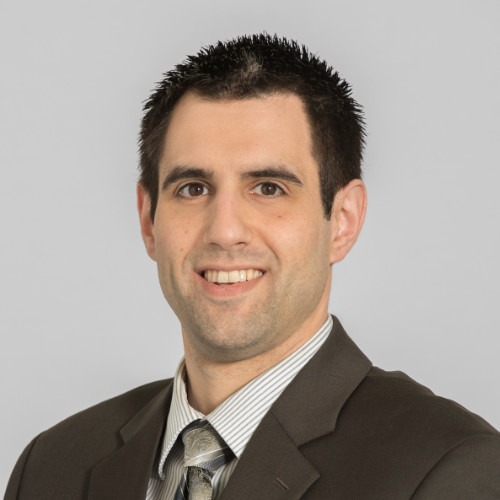HIE presents boon to nonprofit
The Cathedral Square Corporation has advice for those providers who want to participate in the evolving nature of healthcare delivery: Get educated, get involved—and quickly, otherwise the industry may move on without you. This is no more evident than in the organization’s ambitious initiative to connect with Vermont’s Health Information Exchange (HIE) that, if successful, will allow it to access individuals’ data and create community-wide programs aimed at heading off disturbing health trends.
Cathedral Square, a nonprofit based in Burlington, Vt., owns and operates 24 affordable housing communities for seniors and people with special needs. Through its Support And Services at Home (SASH) model, an initiative that helps residents maintain their independence through several housing sites, the organization is collecting intake information on residents, including demographics and the results of nine health screens. The data will then populate an electronic medical record (EMR) to be implemented in February 2012; once the EMR is in place, Cathedral Square will have its connection to the state’s HIE and enjoy the benefits of information sharing.
Lawrence Keyes, health IT coordinator at Cathedral Square, describes many advantages to participation in the HIE, from financial to technical. “We will be participating and using the same [EMR] that other participants—medical homes, community health teams—will be using and have access to technical and clinical expertise that benefits all users of the HIE,” Keyes says.
The organization will benefit financially from economies of scale that should result from there being multiple users of the same EMR program. And the myriad technical difficulties that the nonprofit operator would find burdensome to handle alone, such as HIPAA compliance, data security and issues related to clinical healthcare delivery, are aided by the HIE. “By participating in the Exchange, we have access to expertise in all of these areas that would have been very difficult to develop on our own,” Keyes says.
Since the SASH program’s formal implementation in July 2011, Cathedral Square has activated six SASH hubs, each with panels of 100 participants. Another 12 hubs are scheduled to launch this January. Through the HIE, each SASH site can then identify demographic factors that may be influencing variable health outcomes between the locations. It will also allow them to collect data on the number of prescription drugs being taken by residents, how many participants have chronic diseases and who has experienced falls or had to be transported to an emergency room because of a fall. That information would then be used to isolate negative trends in the effort of improving outcomes.
For more information on SASH, watch this brief video. |

Kevin Kolus wrote for I Advance Senior Care / Long-Term Living when he was an editor. He left the brand in 2012. He is now senior communications manager at Cleveland Clinic.
Related Articles
Topics: Articles , Technology & IT











